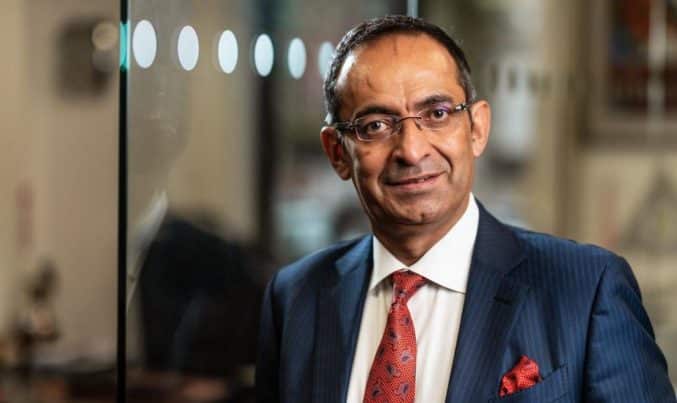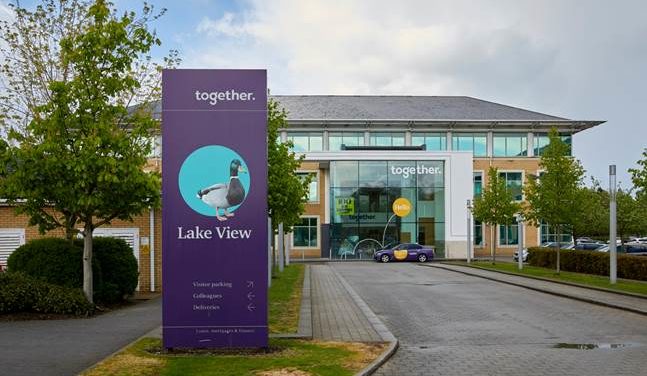Turnaround for UK economy fails to stall falls in the commercial property sector
By Bridging Loan Directory
Whilst the news that the UK economy has returned to growth was greeted with cheer this quarter, there remains a considerable degree of caution amongst valuers regarding the pricing in the UK property market.
Despite values being discounted by over 30 percent from their 2007 peak, investor sentiment, still wary of lacklustre demand from tenants and the effects of the stalling
austerity cuts outside of London, was the main driver of a further -0.8 percent decline in
capital values in the three months to September.
Values have now fallen for a full year, and declines at the headline level in this „second
dip‟ have amounted to 2.6 percent, while in the regional office and retail segments
declines have been well over 5 percent.
However, the rate of capital decline has slowed in Q3 from the -1.0 percent in the
second quarter.
Rental values, a measure of demand from tenants, have remained relatively flat at the
headline level, but outside of the South East demand is fickle, and contributed further
to falling values.
Investors and landlords alike have, however, been doing much to secure income
streams in the difficult market conditions – and as a result total returns have not fallen
into negative territory, and strengthened slightly to 0.7 percent in Q3, according to the
IPD UK Quarterly Property Index.
But despite incentivisation and active management –against a backdrop of lease
lengths falling to a third of their 1990‟s levels – the occupier market remains difficult. A
recent IPD/Strutt and Parker UK Lease Events Review found that 5.7 percent of
income was at risk due to insolvencies and defaults last year. In the struggling retail
sector this rose to 6.3 percent and amounted to £245m.
Furthermore up to 59 percent of leases (weighted by rent passing) that expired last
year were still vacant half way through 2012, a daunting statistic for investors trying to
maintain income streams, and which has contributed to a lack of confidence regarding
the risks associated with commercial property.
For the moment, the risks associated with the struggling occupier sector are forestalling
investment into the high yielding secondary and distressed markets, despite offering
yields in which are close to 15 percent for the poorer grade regional office stock.
12 months of falling property values:
– Shops and offices outside of the South East have both seen values fall by over
8 percent in the last twelve months.
– In town shopping centres have lost 6.8 percent of their values – whilst out of
town centre values have remained flat.
– London has continued to grow throughout the year – with central retail units
seeing growth of 6.2 percent over 12 months.
– City offices saw values rise by just 0.7 percent, but West End offices have
recorded an increase of 5.0 percent over the last twelve months.
– Regional high streets have seen rental values fall by a further 3.4 percent out of
the South East.
– The North East and Yorkshire & Humberside recorded the steepest falls in rent
for offices – with both seeing declines of over three percent in the last twelve
months.
Phil Tily, IPD UK and Ireland managing director said:
“While the Olympics may have given a one off boost to the UK‟s GDP, the recovery is
going to be a long slog for the commercial property sector, and more of a marathon
than a sprint.
“Developments remain at a low ebb, bank re-financing is in limited supply and tenant
retention is a key concern for investors outside of London.
“But the industry is not sitting still, it is exploring alternative investments that help
diversify returns. Residential property obviously makes up a big part of this, but also
hotels, healthcare, leisure and infrastructure assets are starting to attract investors.
“And while conditions may be difficult, there are increasing opportunities through
selective asset management plays, towards properties that offer upsides when leases
are successfully renegotiated.
“It is a difficult market, but it presents opportunities.”









